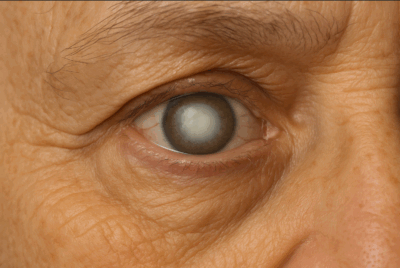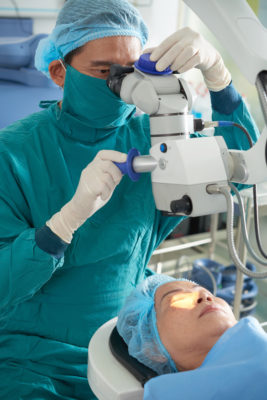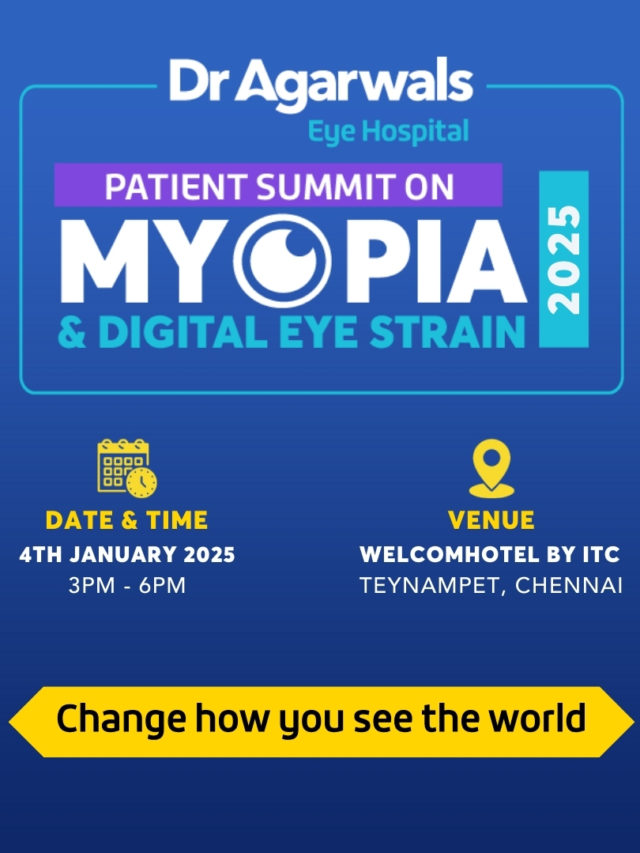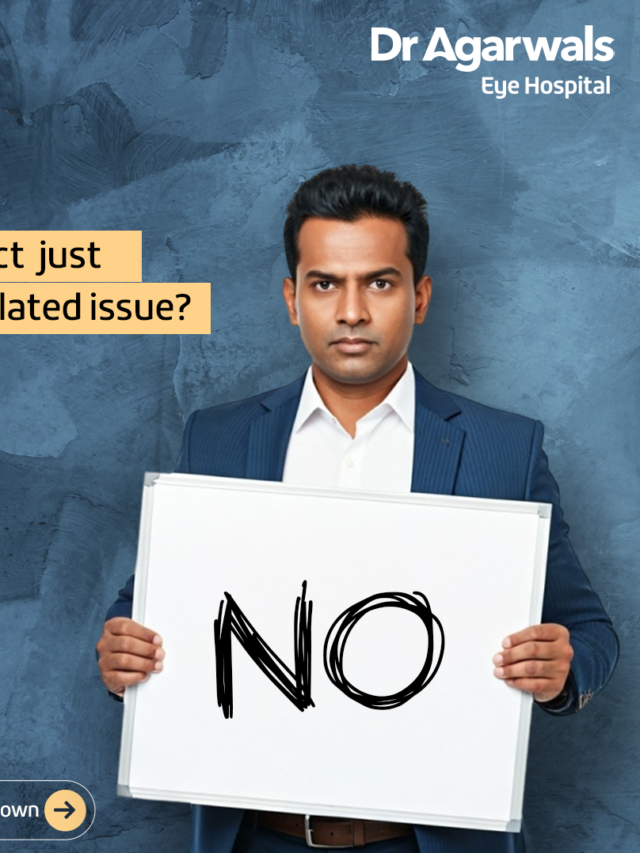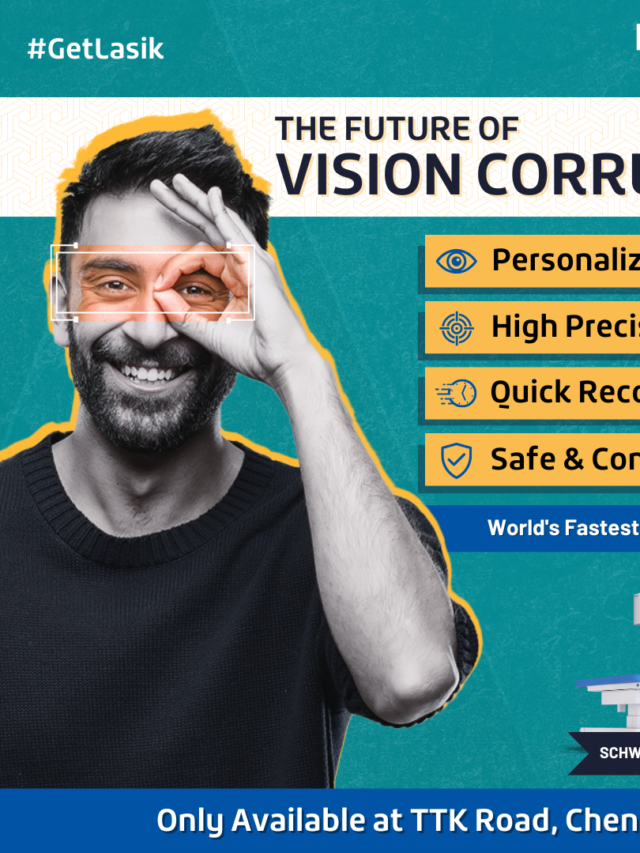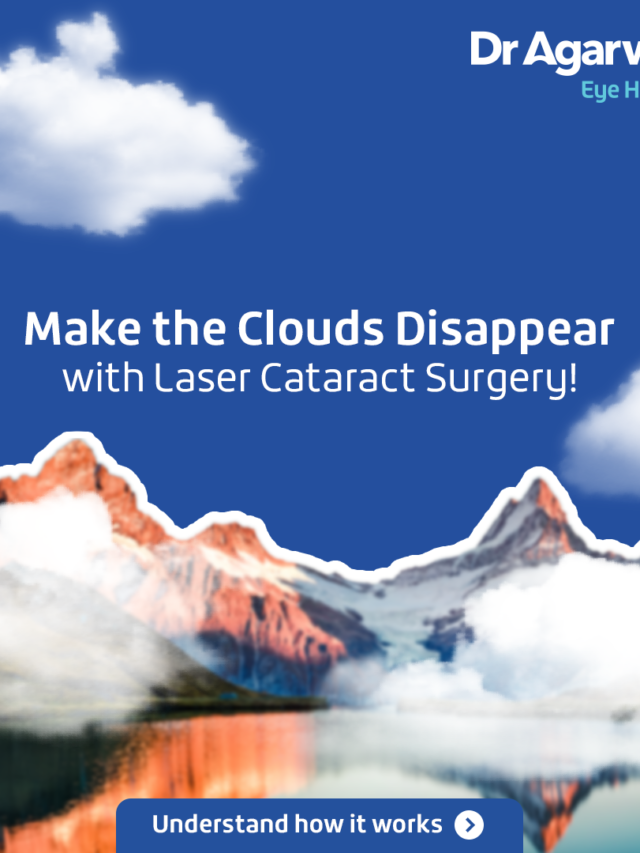Cataract surgery is one of the most common and effective procedures to restore vision. However, patients often ask what determines the cost of cataract surgery and why it differs so widely.
Several factors, from the type of lens implanted to the technology used, contribute to the total expenses. Understanding these cost determinants helps patients make informed decisions about treatment, insurance options, and post-operative care.
Introduction to Cataract Surgery and Its Cost
Cataract surgery involves removing the clouded natural lens of the eye and replacing it with an artificial intraocular lens (IOL). While the procedure is highly successful, costs can vary significantly.
Factors influencing price include surgical method, the surgeon’s expertise, hospital facilities, and the type of IOL chosen. Patients should also consider pre-operative tests and aftercare in the overall budget.

Technology and Equipment Used in Cataract Surgery
Modern advancements significantly influence the cost. Traditional manual techniques are less expensive than femtosecond laser-assisted cataract surgery, which offers higher precision and faster recovery but comes at a premium.
Clinics equipped with advanced diagnostic tools, phacoemulsification systems, and safety-enhancing technologies often charge more. Patients pay not only for the surgery but also for the technology, ensuring accuracy and safety.
Why Surgeons’ Experience and Skill Level Matter
The surgeon’s expertise is a key factor in determining cataract surgery pricing. Highly experienced ophthalmologists with advanced training and a proven record of successful outcomes often charge higher fees.
Their skill reduces the risk of complications, improves surgical efficiency, and enhances patient confidence. Choosing a qualified surgeon may increase costs, but it often provides better long-term value.
Geographic Location and Clinic Reputation
The cost of cataract surgery varies depending on where the procedure is performed. Hospitals in metropolitan cities typically charge more than those in smaller towns due to higher operational expenses and demand for advanced technology.
Clinic reputation also matters – renowned eye hospitals with accredited facilities, cutting-edge equipment, and strong patient outcomes usually charge higher fees. Patients often balance affordability with trust in clinical expertise.
Type of Cataract Surgery (Traditional vs. Advanced Options)
Traditional phacoemulsification is more cost-effective than premium techniques, such as laser-assisted cataract surgery. The choice of intraocular lens (IOL) has a significant impact on cost.
Standard monofocal lenses are cost-effective, while premium options, such as multifocal, trifocal, toric, and extended depth-of-focus (EDOF) lenses, improve vision quality but increase overall expenses. Patients should discuss lens options with their doctor, taking into account their lifestyle and budget.
Pre-Surgery Consultations and Post-Operative Care Costs
The cost of cataract surgery includes more than the procedure itself. Pre-surgery consultations often involve diagnostic tests, such as OCT scans, corneal topography, and biometry.
After surgery, patients require follow-up visits, medications, and protective eyewear. Post-operative care ensures smooth healing and reduces complications, but adds to the overall expenses. A comprehensive cost estimate should always include these elements.
Insurance Coverage and Payment Plans for Cataract Surgery
Many health insurance policies cover cataract surgery, either fully or partially. The level of coverage depends on the insurer, hospital network, and the type of lens chosen.
While monofocal lenses are usually covered, premium lenses may involve out-of-pocket expenses. Some hospitals also provide flexible payment plans or instalments to ease the financial burden. Patients should carefully review policy details before undergoing surgery.
Conclusion
Multiple factors, including technology, surgeon expertise, hospital location, type of IOL, and aftercare requirements, influence the cost of cataract surgery. While costs can vary widely, understanding these elements helps patients make informed choices.
Insurance coverage and payment plans may ease the burden, but the focus should always remain on safety, long-term results, and choosing the right surgeon. Investing in quality care ensures the best possible visual outcome.


